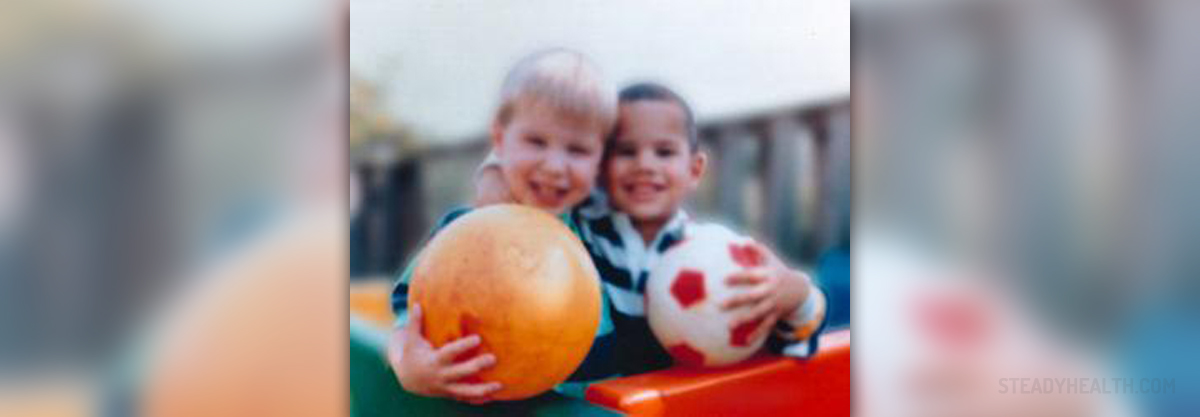
It is vital for kids to undergo regular examination of the eyes, in order to ensure that they are placed at undue risk of developing disorders that affect the eye. Any eye disorders should be treated and detected as early as possible. Try to ensure that vision and eye care checks are undergone as often as possible in relation to your child.
Eye disease and children
If required, there are numerous types of specialists that can help in the proper examination of your children's eyes. Ophthalmologists are medically qualified doctors who can provide comprehensive eye care, including medicine and surgery. Pediatric ophthalmologists are similar to ophthalmologists, the only difference being that they tend to have additional skills that are required to treat children.
Optometrists provide similar services, but are not normally qualified to perform surgery. Opticians are those who are qualified to fit and adjust eyeglasses.
There are several exams that can be undertaken in order to ascertain the health of a child. Newborn babies should undergo checks for general eye health. Pediatricians or family physicians can perform this process. Newborns who are considered to be high risk should be examined in detail by an eye doctor. Eye examinations should be undertaken within the first year of life.
At the age of three and a half, kids should undergo eye health screenings and visual acuity tests. Around two years later, a child's vision and eye alignment should be properly evaluated by a doctor. At roughly the same time, routine screenings should be undertaken either at school or at the doctor's office. This is especially important in children who exhibit certain symptoms that are related to eye problems. Annual eye checkups should be performed on those who wear prescription glasses.
In order for parents or those close to a child to ascertain whether or not the child might have some kind of eye problems, there are certain symptoms that can be identified. For example, a child might constantly rub his or her eyes, be sensitive to light, display an inability to focus properly, display poor visual tracking, or might have an abnormal alignment or movement in the eyes.
There might also be chronic redness, chronic tearing, an inability to see distant objects, an inability to read the blackboard, squinting, and difficulty while reading. Some children might even possess white pupils, as opposed to ones that are black. Make sure to watch closely for evidence of eye disorders in your child.


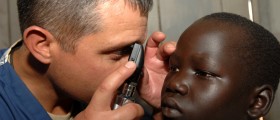

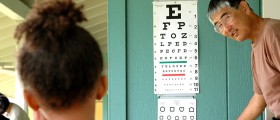

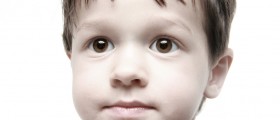

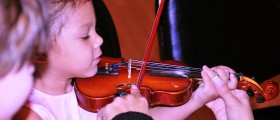

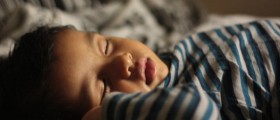

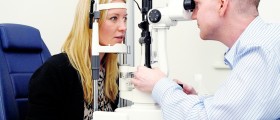

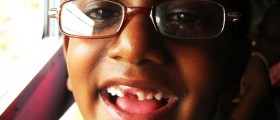

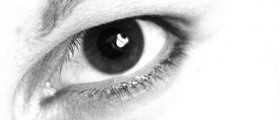
Your thoughts on this
Loading...